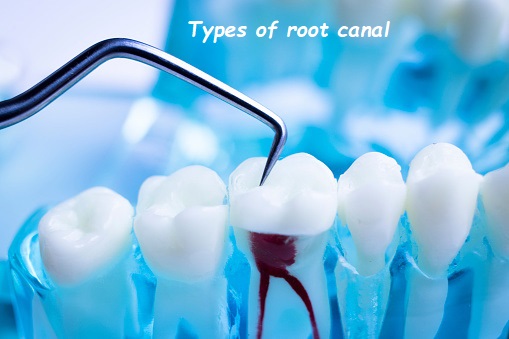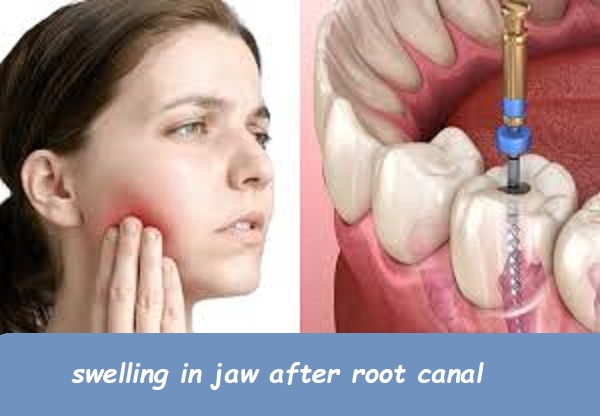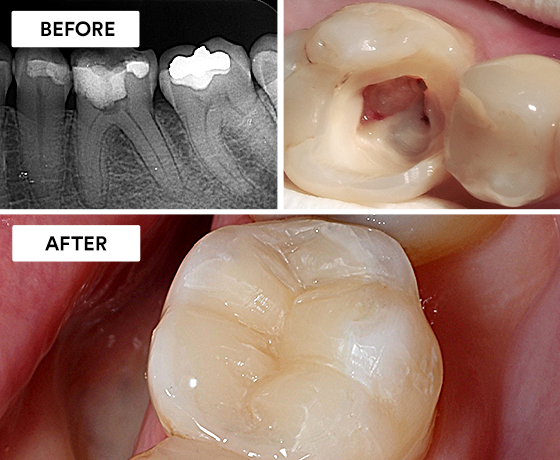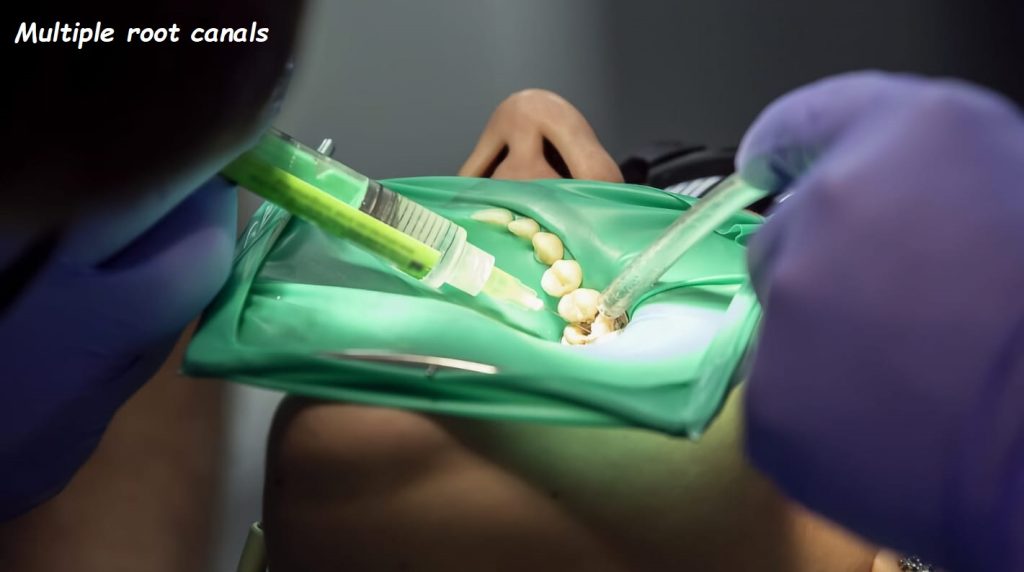Root Canal Infection: Causes, Symptoms, and Effective Treatment Options for Post-Procedure Infections
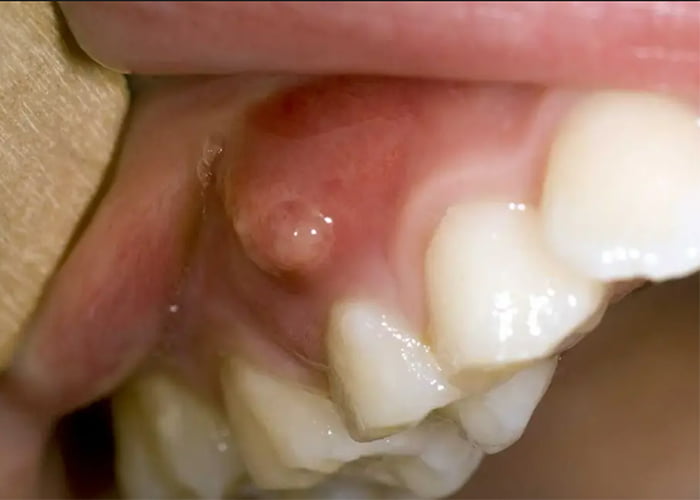
Root canal therapy is a common dental procedure designed to save a damaged or infected tooth. While it boasts a high success rate, there are cases where complications arise, leading to infection after a root canal. Whether you’re experiencing unusual symptoms after your root canal or concerned about potential infections, this comprehensive guide will cover everything you need to know about root canal infections, their causes, symptoms, and how they can be effectively treated.
We’ll also address frequently asked questions such as: “Can a root canal get infected?” and “How do you know if your root canal is infected?” Read on to explore in-depth insights on post-root canal infections and how to handle them.
What is a Root Canal? A Brief Overview
A root canal is a dental procedure that removes infected or damaged pulp from the inside of a tooth. The pulp contains nerves, blood vessels, and connective tissue. After cleaning out the infected area, the space is filled and sealed to prevent further infection.
Despite the procedure’s high success rate, infections can sometimes occur after a root canal. Understanding the signs of infection and knowing what to do next is critical for your oral health.
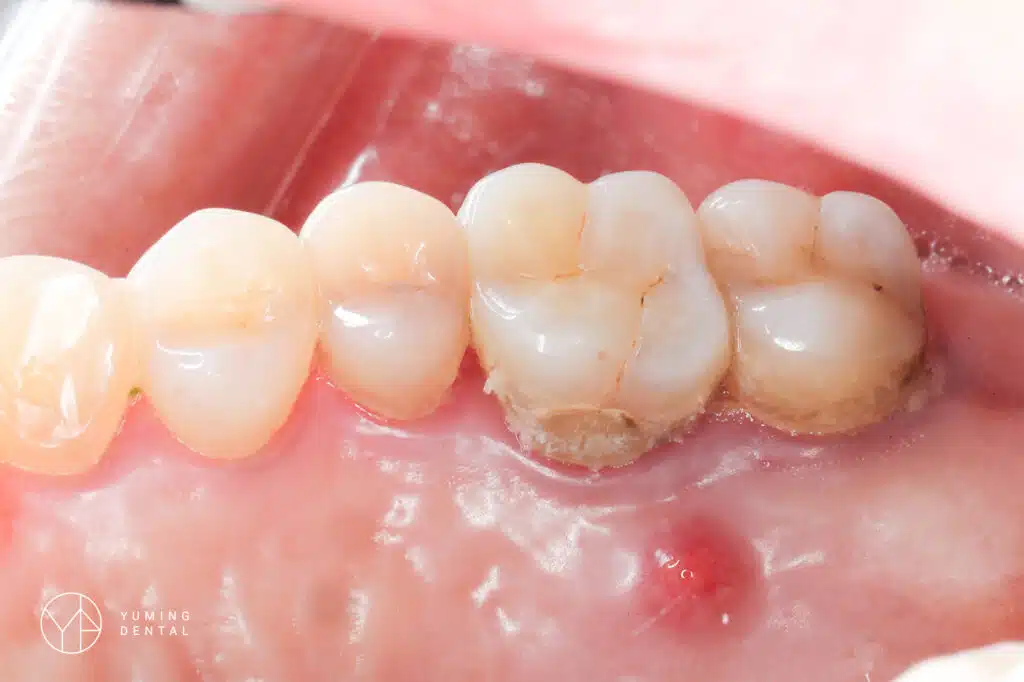
Signs and Symptoms of Root Canal Infection
It’s essential to monitor your recovery process after a root canal, as infection can sometimes develop. The symptoms of a root canal infection can range from mild discomfort to severe pain and swelling.
Common Symptoms of an Infected Root Canal
- Persistent Pain or Sensitivity
Pain after a root canal can be normal for a short period, but if the pain persists or worsens over time, this can be a sign of infection after a root canal. Pain may also occur when biting or touching the affected tooth. - Swelling in the Gums or Face
Swelling of the jaw or gum tissue around the treated tooth can indicate that the infection has spread. In some cases, swelling may also extend to the face or neck, signaling a severe infection. - Pus or Drainage
If you notice any pus or discharge around the treated tooth or gums, this is a clear indicator of an ongoing infection. Pus indicates that the body is trying to fight off the infection, and it requires immediate attention.
Swelling in gums around root canal treated tooth as symptoms of root canal infection. - Bad Taste or Foul Smell in Your Mouth
A persistent foul taste or odor, even after brushing, can suggest an infection has developed. This is often caused by the breakdown of infected tissue or the presence of pus. - Fever or Malaise
Fever, fatigue, or a general feeling of unwellness can accompany an infected root canal, as the body attempts to fight off the infection. - Tooth Discoloration
A discolored tooth may indicate that the infection is affecting the tooth’s structural integrity or that the original root canal treatment did not completely remove the infected tissue. - Symptoms of Jaw Infection After a Root Canal
In some cases, an infection can spread beyond the tooth and affect the surrounding bone or tissue, leading to a jaw infection after root canal. This may present as:- Severe jaw pain
- Tenderness when moving the jaw
- Swelling or redness in the jaw area
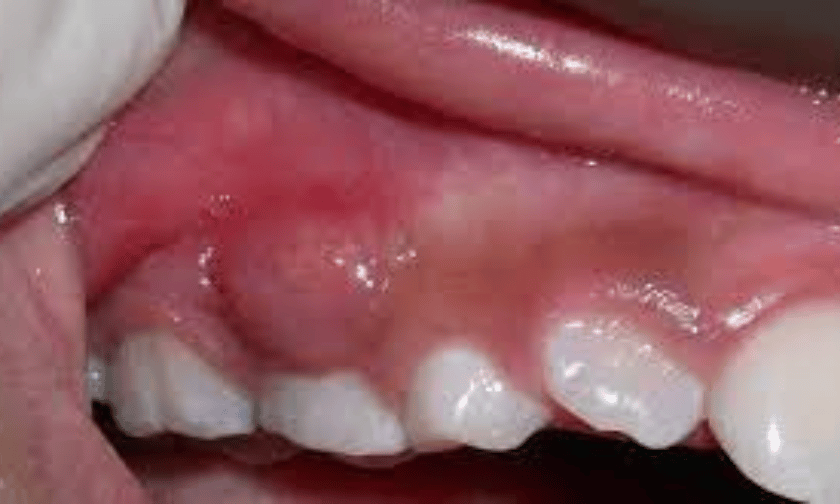
Why Do Root Canal Infections Happen?
Infections after root canal therapy can occur for several reasons. Understanding these causes can help you avoid complications in the future.
Causes of Root Canal Infections
- Incomplete Removal of Bacteria
Sometimes, the initial root canal treatment may not fully eliminate all the bacteria from the tooth. Even a small amount of bacteria left behind can multiply and cause an infection post-procedure. - New Bacterial Contamination
After the root canal, your dentist seals the tooth with a filling or crown. If this seal becomes loose, cracked, or is not properly fitted, bacteria from the mouth can re-enter the tooth and lead to reinfection. - Cracked or Damaged Tooth
A fracture or crack in the tooth can also allow bacteria to bypass the filling or crown and infect the area again. This is why it’s essential to avoid biting down on hard foods after a root canal, especially if the tooth has not yet been fully restored with a crown. - Compromised Immune System
People with weakened immune systems due to conditions like diabetes, autoimmune diseases, or long-term medication use may have a higher risk of developing an infection post-root canal.

Can a Root Canal Get Infected? What You Need to Know
Yes, a root canal can get infected after the procedure, although it’s relatively rare. If proper post-operative care is not followed or if there’s an issue with the procedure, an infection can develop. This often happens when the sealing material breaks down or bacteria from the mouth gain access to the tooth again.
To minimize the risk, follow all post-procedure guidelines, maintain excellent oral hygiene, and attend regular check-ups with your dentist.
How Do You Know If Your Root Canal Is Infected? Recognizing the Signs Early
If you suspect an infection, it’s essential to act quickly. Watch for any of the symptoms of an infected root canal mentioned earlier, such as persistent pain, swelling, and sensitivity.
Some key signs that might indicate your root canal is infected include:
- Unexplained discomfort weeks after the procedure
- Recurring abscesses or gum boils near the treated tooth
- Fever or ongoing illness without another clear cause
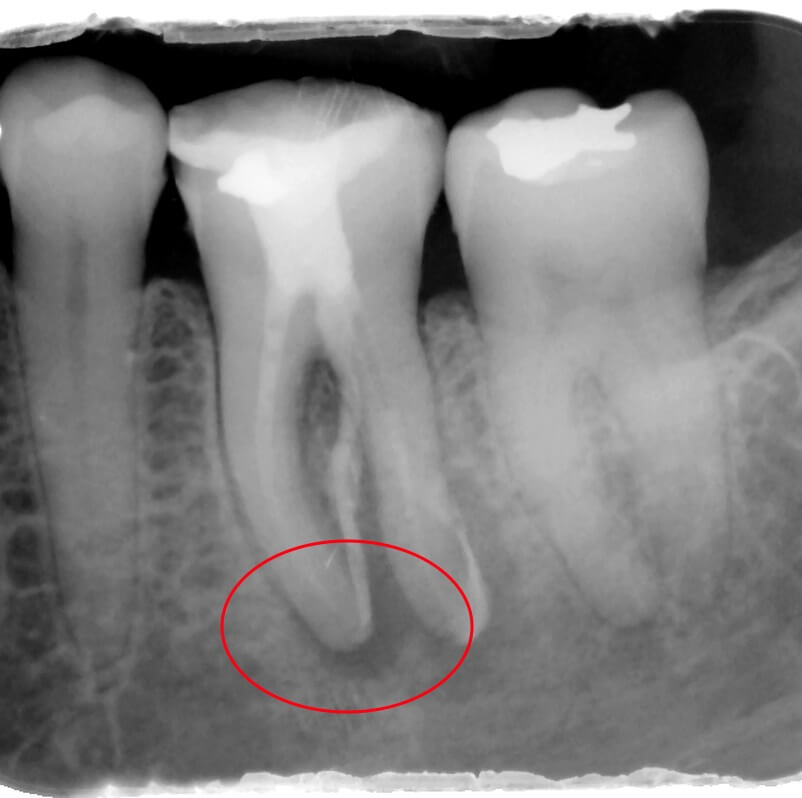
It’s important to consult your dentist as soon as possible if you experience these symptoms. Early treatment can prevent the infection from spreading or causing further complications.
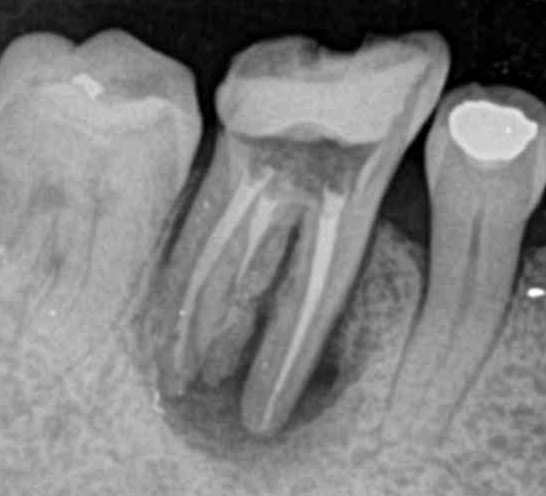
Treatment Options for Root Canal Infection
If an infection is diagnosed after your root canal, there are several treatment options available. Your dentist will evaluate the severity of the infection and recommend the appropriate course of action.
1. Antibiotic Therapy
- In mild cases, antibiotics may be prescribed to clear up the infection. While antibiotics can address the bacterial infection, they are often used in conjunction with other treatments, such as re-treatment or drainage.
2. Root Canal Retreatment
- If the infection persists, your dentist may recommend retreatment of the root canal. This involves reopening the tooth, cleaning out any remaining bacteria, and resealing the root canals to prevent further infection. Retreatment is successful in many cases where the initial root canal didn’t fully resolve the issue.
3. Root-End Surgery (Apicoectomy)
- In cases where the infection continues after retreatment, a minor surgical procedure called an apicoectomy may be performed. This involves removing the tip of the root along with any infected tissue.
4. Tooth Extraction
- In severe cases where the infection cannot be controlled, tooth extraction may be necessary. The infected tooth is removed to prevent the spread of infection, and options like implants or bridges can restore function and aesthetics.
Preventing a Root Canal Infection
Preventing infections after a root canal largely depends on good oral hygiene and following your dentist’s aftercare instructions.
Here are some practical steps you can take to reduce the risk of infection after a root canal:
- Keep the Area Clean: Maintain excellent oral hygiene by brushing and flossing regularly, and avoid chewing hard foods on the affected side.
- Attend Follow-up Appointments: Ensure you go for your scheduled follow-up appointments to monitor the treated tooth.
- Seek Immediate Attention for New Symptoms: If you notice any discomfort, swelling, or signs of infection after your root canal, contact your dentist right away.
- Get the Tooth Fully Restored: It’s crucial to have a crown placed over the tooth if recommended, as this will help seal the treated area and protect it from reinfection.
Conclusion
A root canal infection can happen for several reasons, including incomplete removal of bacteria or a compromised seal. The good news is that recognizing the symptoms early, such as persistent pain, swelling, or jaw tenderness, can lead to prompt treatment and a positive outcome. Whether it’s through retreatment or antibiotics, infections can be managed effectively.
If you’re experiencing any symptoms of a root canal infection or unsure about your recovery process, consult your dentist immediately. By acting swiftly, you can avoid further complications and preserve your oral health.
Related Articles:
How long does root canal retreatment take?
Pulling tooth after root canal.
References:
- American Association of Endodontists: Root Canal Retreatment
- Mayo Clinic on Root Canal Treatment
- WebMD on Root Canal Infections
This guide aims to answer all your questions about root canal infections and provide clear steps on how to prevent or treat post-procedure complications.





